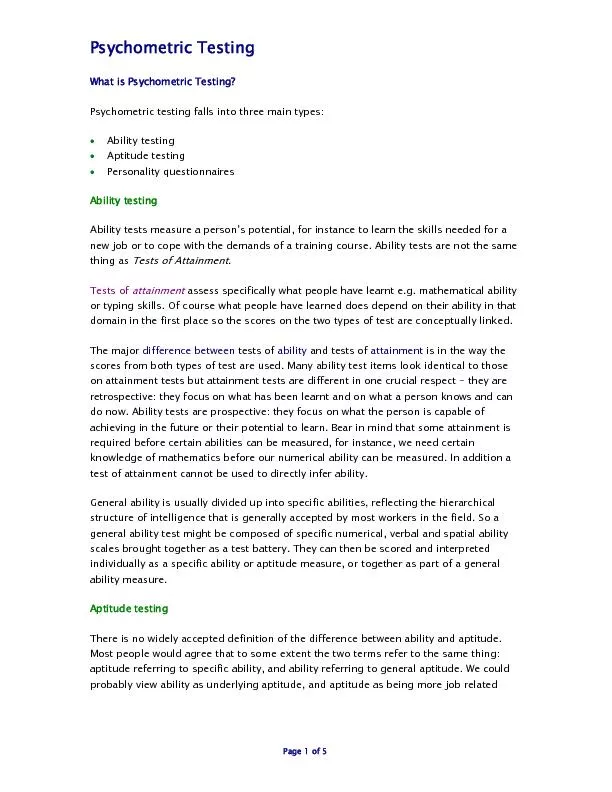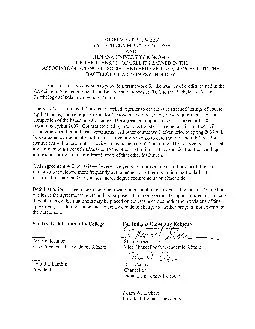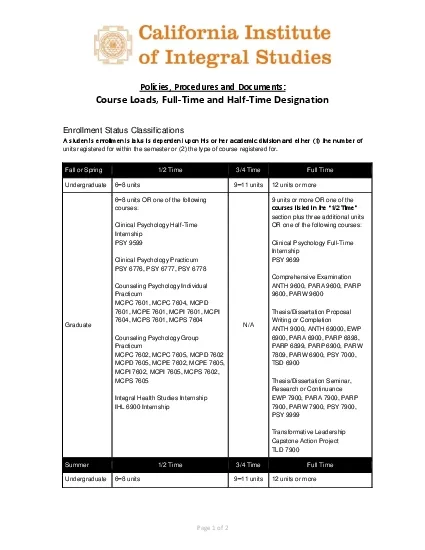PPT-Quantitative and Psychometric Methods PSY 302
Author : celsa-spraggs | Published Date : 2017-10-26
William P Wattles PhD Spring 2017 2 My goal For you to leave this class with life changing skills and knowledge 3 Successful students 4 Science Begins with Counting
Presentation Embed Code
Download Presentation
Download Presentation The PPT/PDF document "Quantitative and Psychometric Methods PS..." is the property of its rightful owner. Permission is granted to download and print the materials on this website for personal, non-commercial use only, and to display it on your personal computer provided you do not modify the materials and that you retain all copyright notices contained in the materials. By downloading content from our website, you accept the terms of this agreement.
Quantitative and Psychometric Methods PSY 302: Transcript
Download Rules Of Document
"Quantitative and Psychometric Methods PSY 302"The content belongs to its owner. You may download and print it for personal use, without modification, and keep all copyright notices. By downloading, you agree to these terms.
Related Documents














